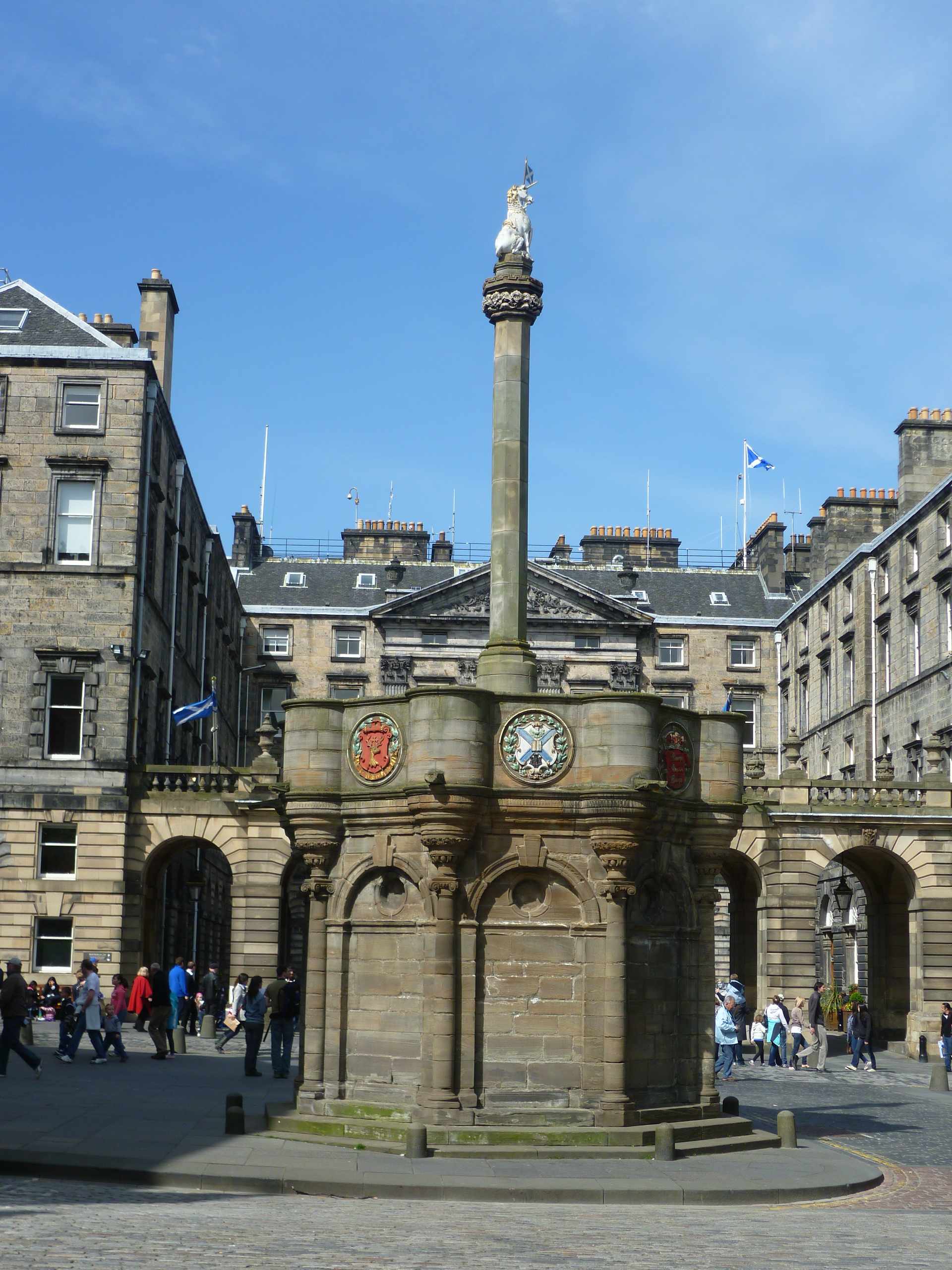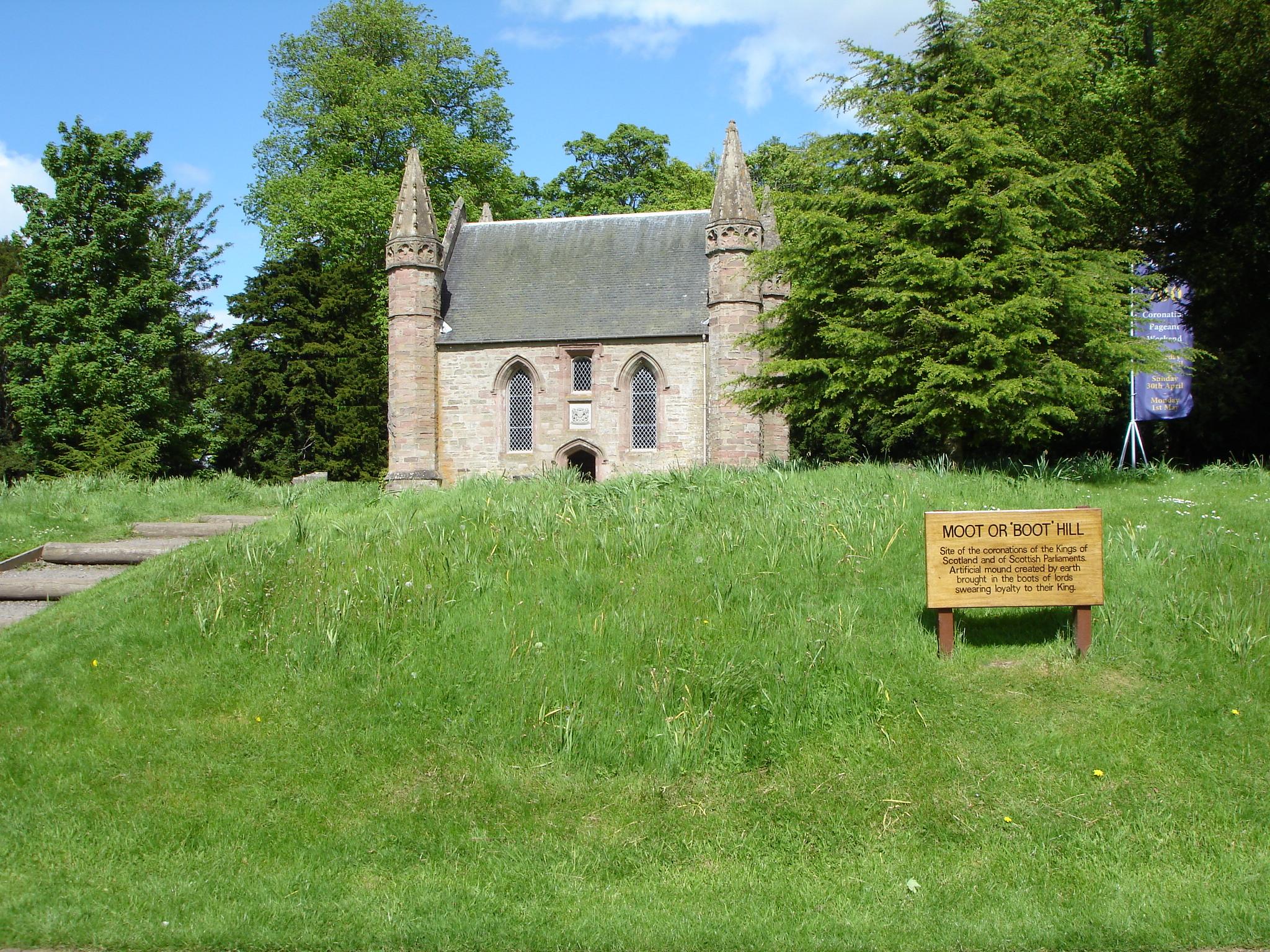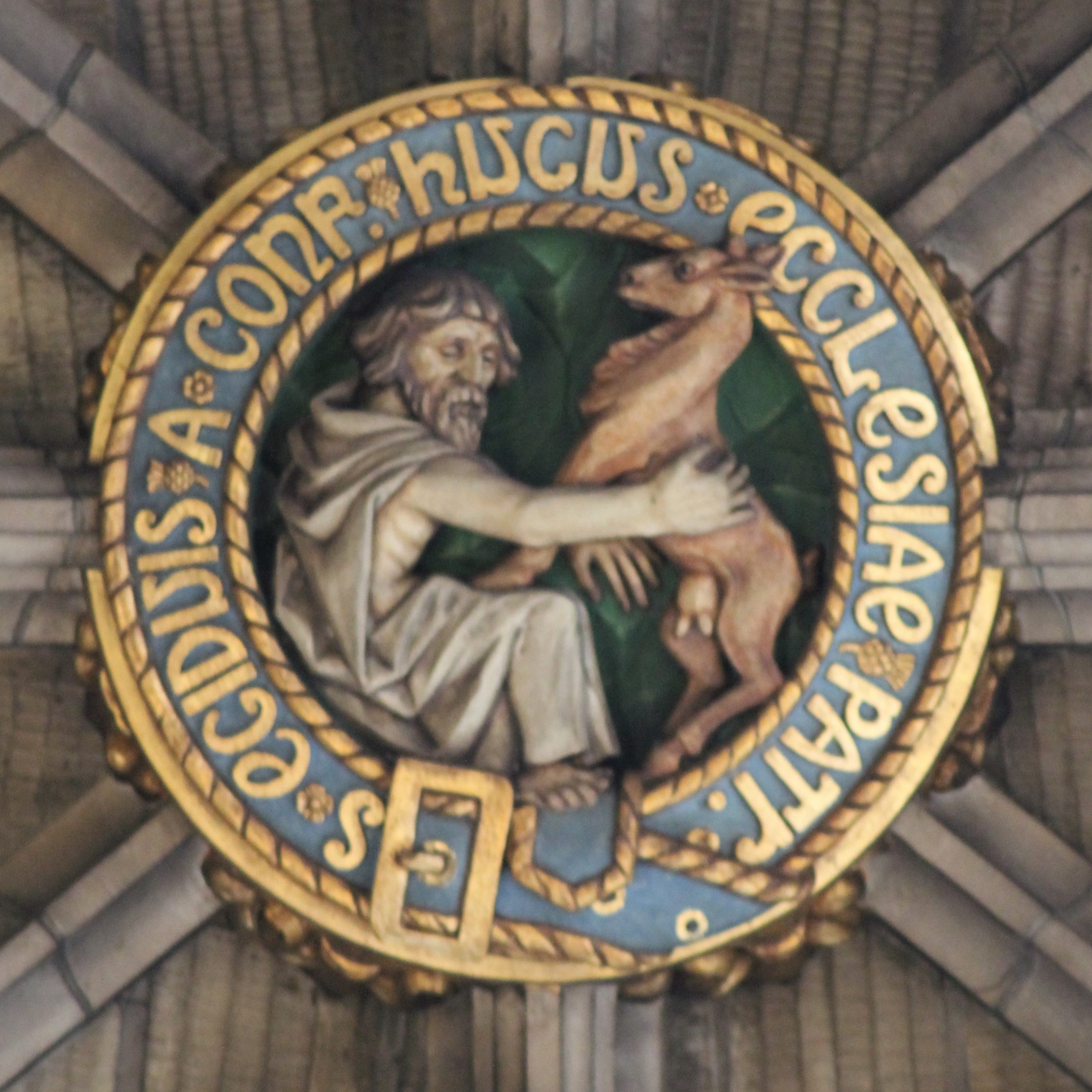|
Edinburgh District Council
The City of Edinburgh Council is the local government authority for the city of Edinburgh, capital of Scotland. With a population of in mid-2019, it is the second most populous local authority area in Scotland. In its current form, the council was created in 1996 under the Local Government etc. (Scotland) Act 1994, to replace the City of Edinburgh District Council of the Lothian region, which had, itself, been created in 1975. The history of local government in Edinburgh, however, stretches back much further. Around 1130, David I made the town a royal burgh and a burgh council, based at the Old Tolbooth is recorded continuously from the 14th century. The council is currently based in Edinburgh City Chambers with a main office nearby at Waverley Court. History Before 1368 the city was run from a pretorium (a Latin term for Tolbooth), and later from around 1400 from the Old Tolbooth next to St Giles' Cathedral. A Tolbooth is the main municipal building of a Scottish bur ... [...More Info...] [...Related Items...] OR: [Wikipedia] [Google] [Baidu] |
Coat Of Arms Of Edinburgh
The arms of the city of Edinburgh, more properly the arms of the city council, were registered with the Lord Lyon King of Arms in 1732, having been used unofficially for several centuries previously. The central symbol is a heraldic castle, representing Edinburgh Castle. Symbolism The castle represents Edinburgh Castle, Edinburgh's principal landmark. The crest, an anchor, represents the Lord Provost's position as Admiral of the Firth of Forth. The dexter supporter, a "woman richly attired with her hair hanging over her shoulders" represents the fact that Edinburgh Castle was historically known as the "Castle of the Maidens" probably due to it being used to protect princesses and noblewomen in times of war. The sinister supporter, a doe, recalls the city's patron saint St Giles who spent much of his life in solitude in the forests of Provence with only a doe for company. The motto ''Nisi Dominus Frustra'' means "Except the Lord in Vain", a shortened version of a verse from Psalm ... [...More Info...] [...Related Items...] OR: [Wikipedia] [Google] [Baidu] |
Lothian
Lothian (; sco, Lowden, Loudan, -en, -o(u)n; gd, Lodainn ) is a region of the Scottish Lowlands, lying between the southern shore of the Firth of Forth and the Lammermuir Hills and the Moorfoot Hills. The principal settlement is the Scottish capital, Edinburgh, while other significant towns include Livingston, Linlithgow, Bathgate, Queensferry, Dalkeith, Bonnyrigg, Penicuik, Musselburgh, Prestonpans, North Berwick, Dunbar, Whitburn and Haddington. Historically, the term Lothian referred to a province encompassing most of what is now southeastern Scotland. In the 7th century it came under the control of the Anglian kingdom of Bernicia, the northern part of the later kingdom of Northumbria, but the Angles' grip on Lothian was quickly weakened following the Battle of Nechtansmere in which they were defeated by the Picts. Lothian was annexed to the Kingdom of Scotland around the 10th century. Subsequent Scottish history saw the region subdivided into three countiesâ ... [...More Info...] [...Related Items...] OR: [Wikipedia] [Google] [Baidu] |
Heart Of Midlothian (Royal Mile)
The Heart of Midlothian is a mosaic located outside St Giles' Cathedral in Edinburgh. The heart marks the location of the entrance to Edinburgh's Old Tolbooth which was demolished in 1817. Locals will often spit upon the heart as a sign of good luck. While the tradition is now one of good luck, it was originally believed to be done as a sign of disdain for the executions which took place within the Old Tolbooth. The Edinburgh football team Heart of Midlothian F.C. Heart of Midlothian Football Club, commonly known as Hearts, is a professional football club in Edinburgh, Scotland. The team competes in the Scottish Professional Football League. Hearts, the oldest and most successful football club in the Sco ... takes its name from the Old Tolbooth, and the mosaic which marks its former location. References External links A short documentarywith both locals and tourists giving their differing views about the origin of spitting on The Heart. Picture of the TolboothiEdinbur ... [...More Info...] [...Related Items...] OR: [Wikipedia] [Google] [Baidu] |
Mercat Cross, Edinburgh
The Mercat Cross of Edinburgh is a market cross, the structure that marks the market square of the market town of Edinburgh. It stands in Parliament Square next to St Giles' Cathedral, facing the High Street in the Old Town of Edinburgh. Description and history The current mercat cross is of Victorian origin, but was built close to the site occupied by the original. The Cross is first mentioned in a charter of 1365 which indicates that it stood about from the east end of St. Giles'. In 1617, it was moved to a position a few yards (metres) down the High Street now marked by "an octagonal arrangement of cobble stones" (actually setts). This is the position shown on Gordon of Rothiemay's map of 1647 (see external link below). In 1756, the Cross was demolished and parts of the pillar re-erected in the grounds of Drum House, Gilmerton. A monument now stands there and on it a plaque that reads: "Erected in memory of the old Mercat Cross of Edinburgh which stood at The Drum ... [...More Info...] [...Related Items...] OR: [Wikipedia] [Google] [Baidu] |
Royal Exchange, London
The Royal Exchange in London was founded in the 16th century by the merchant Sir Thomas Gresham on the suggestion of his factor Richard Clough to act as a centre of commerce for the City of London. The site was provided by the City of London Corporation and the Worshipful Company of Mercers, who still jointly own the freehold. The original foundation was ceremonially opened by Queen Elizabeth I who granted it its "royal" title. The current building is trapezoidal in floor plan and is flanked by Cornhill and Threadneedle Street, which converge at Bank junction in the heart of the city. It lies in the ward of Cornhill. The exchange building has twice been destroyed by fire and subsequently rebuilt. The present building was designed by Sir William Tite in the 1840s. The site was notably occupied by the Lloyd's insurance market for nearly 150 years. Today the Royal Exchange contains Fortnum & Mason The Bar & Restaurant, luxury shops, and offices. Traditionally, the steps o ... [...More Info...] [...Related Items...] OR: [Wikipedia] [Google] [Baidu] |
Parliament House, Edinburgh
Parliament House ( gd, Taigh na PĂ rlamaid) in the Old Town in Edinburgh, Scotland, is a complex of several buildings housing the Supreme Courts of Scotland. The oldest part of the complex was home to the Parliament of Scotland from 1639 to 1707, and is the world's first purpose-built parliament building. Located just off the Royal Mile, beside St Giles' Cathedral, Parliament House is also the headquarters of the Faculty of Advocates, the Society of Writers to His Majesty's Signet, and the Society of Solicitors in the Supreme Courts of Scotland. Other buildings in the complex include the Advocates Library and the Signet Library. The entire complex is a Category A Listed building. History In the 17th century, the Parliament of Scotland did not have a dedicated permanent home. Between 1438 and 1561, it had usually met in the Tolbooth in Edinburgh, a building which also housed the burgh council of Edinburgh and the Court of Session. From 1563 onwards Parliament regularly ... [...More Info...] [...Related Items...] OR: [Wikipedia] [Google] [Baidu] |
Mary, Queen Of Scots
Mary, Queen of Scots (8 December 1542 – 8 February 1587), also known as Mary Stuart or Mary I of Scotland, was Queen of Scotland from 14 December 1542 until her forced abdication in 1567. The only surviving legitimate child of James V of Scotland, Mary was six days old when her father died and she inherited the throne. During her childhood, Scotland was governed by regents, first by the heir to the throne, James Hamilton, Earl of Arran, and then by her mother, Mary of Guise. In 1548, she was betrothed to Francis, the Dauphin of France, and was sent to be brought up in France, where she would be safe from invading English forces during the Rough Wooing. Mary married Francis in 1558, becoming queen consort of France from his accession in 1559 until his death in December 1560. Widowed, Mary returned to Scotland in August 1561. Following the Scottish Reformation, the tense religious and political climate that Mary encountered on her return to Scotland was further agitated ... [...More Info...] [...Related Items...] OR: [Wikipedia] [Google] [Baidu] |
Parliament Of Scotland
The Parliament of Scotland ( sco, Pairlament o Scotland; gd, PĂ rlamaid na h-Alba) was the legislature of the Kingdom of Scotland from the 13th century until 1707. The parliament evolved during the early 13th century from the king's council of bishops and earls, with the first identifiable parliament being held in 1235 during the reign of Alexander II, when it already possessed a political and judicial role. A unicameral institution, for most of its existence the Parliament consisted of the three estates of clergy, nobility, and the burghs. By the 1690s it comprised the nobility, the shires, the burghs, and various officers of state. Parliament gave consent for the raising of taxation and played an important role in the administration of justice, foreign policy, war, and the passing of a broad range of legislation. Parliamentary business was also carried out by "sister" institutions, such as General Councils or Conventions of Estates, which could both carry out much busi ... [...More Info...] [...Related Items...] OR: [Wikipedia] [Google] [Baidu] |
Bailie
A bailie or baillie is a civic officer in the local government of Scotland. The position arose in the burghs, where bailies formerly held a post similar to that of an alderman or magistrate (see bailiff). Baillies appointed the high constables in Edinburgh, Leith and Perth Perth is the list of Australian capital cities, capital and largest city of the Australian states and territories of Australia, state of Western Australia. It is the list of cities in Australia by population, fourth most populous city in Aust .... Modern bailies exist in Scottish local councils, with the position being a courtesy title and appointees often requested to provide support to the lord provost or Provost (civil), provost - the ceremonial and civic head of the council - in their various engagements. History The name derives from Old French and used to be synonymous with provost (civil), provost, with several officials holding this role often at the appointment of the Church. The jurisdiction ... [...More Info...] [...Related Items...] OR: [Wikipedia] [Google] [Baidu] |
Royal Burgh
A royal burgh () was a type of Scottish burgh which had been founded by, or subsequently granted, a royal charter. Although abolished by law in 1975, the term is still used by many former royal burghs. Most royal burghs were either created by the Crown, or upgraded from another status, such as burgh of barony. As discrete classes of burgh emerged, the royal burghs—originally distinctive because they were on royal lands—acquired a monopoly of foreign trade. An important document for each burgh was its burgh charter, creating the burgh or confirming the rights of the burgh as laid down (perhaps verbally) by a previous monarch. Each royal burgh (with the exception of four 'inactive burghs') was represented in the Parliament of Scotland and could appoint bailies with wide powers in civil and criminal justice.George S Pryde, ''The Burghs of Scotland: A Critical List'', Oxford, 1965. The four inactive burghs were Auchtermuchty, Earlsferry, Falkland and Newburgh By 1707 ther ... [...More Info...] [...Related Items...] OR: [Wikipedia] [Google] [Baidu] |
St Giles' Cathedral
St Giles' Cathedral ( gd, Cathair-eaglais Naomh Giles), or the High Kirk of Edinburgh, is a parish church of the Church of Scotland in the Old Town of Edinburgh. The current building was begun in the 14th century and extended until the early 16th century; significant alterations were undertaken in the 19th and 20th centuries, including the addition of the Thistle Chapel. St Giles' is closely associated with many events and figures in Scottish history, including John Knox, who served as the church's minister after the Scottish Reformation.Gordon 1958, p. 31. Likely founded in the 12th centuryMcIlwain 1994, p. 4. and dedicated to Saint Giles, the church was elevated to collegiate status by Pope Paul II in 1467. In 1559, the church became Protestant with John Knox, the foremost figure of the Scottish Reformation, as its minister. After the Reformation, St Giles' was internally partitioned to serve multiple congregations as well as secular purposes, such as a prison and as a me ... [...More Info...] [...Related Items...] OR: [Wikipedia] [Google] [Baidu] |
Tolbooth
A tolbooth or town house was the main municipal building of a Scottish burgh, from medieval times until the 19th century. The tolbooth usually provided a council meeting chamber, a court house and a jail. The tolbooth was one of three essential features in a Scottish burgh, along with the mercat cross and the kirk (church). Etymology The word tolbooth is derived from the Middle English word ''tolbothe'' that described a town hall containing customs offices and prison cells. History Burghs were created in Scotland from the 12th century. They had the right to hold markets and levy customs and tolls, and tolbooths were originally established for collection of these. Royal burghs were governed by an elected council, led by a provost and baillies, who also acted as magistrates with jurisdiction over local crime. The tolbooth developed into a central building providing for all these functions. Most tolbooths had a bell, often mounted on a steeple, and later clocks were added. ... [...More Info...] [...Related Items...] OR: [Wikipedia] [Google] [Baidu] |


.jpg)





